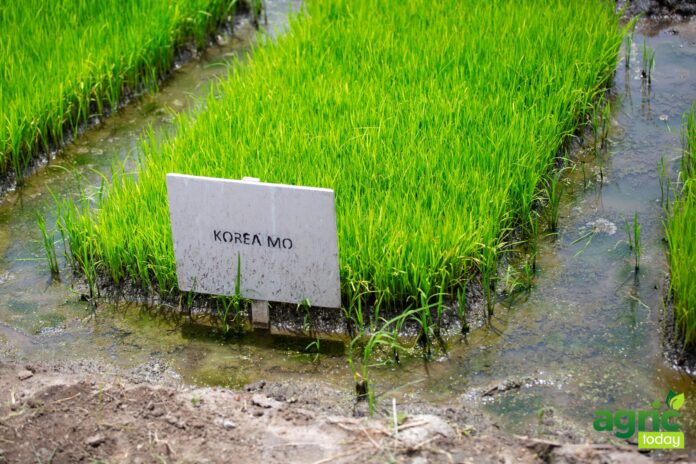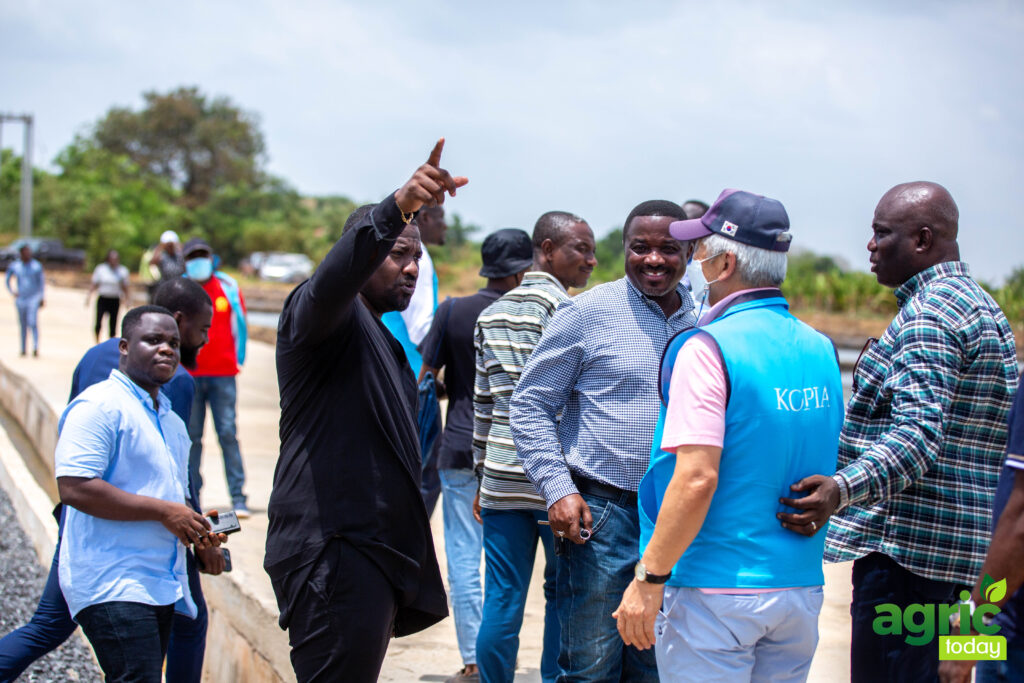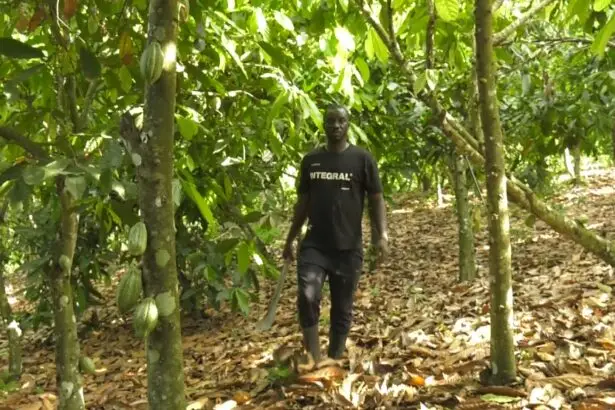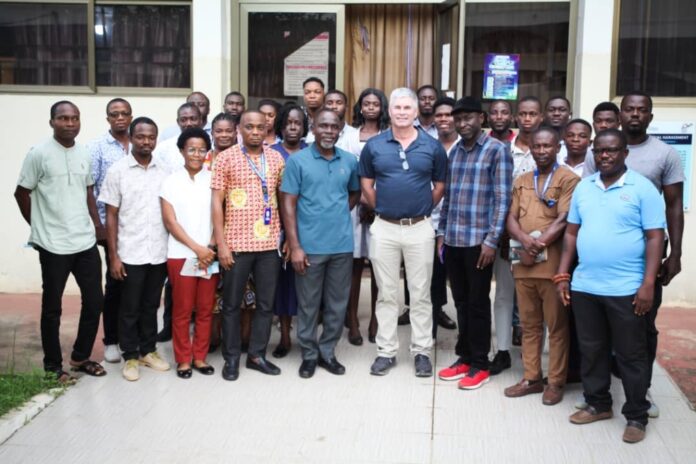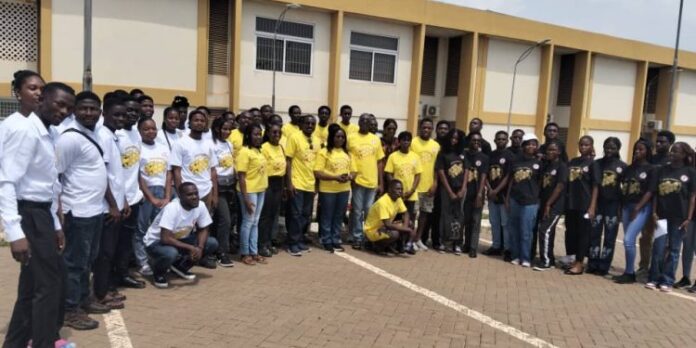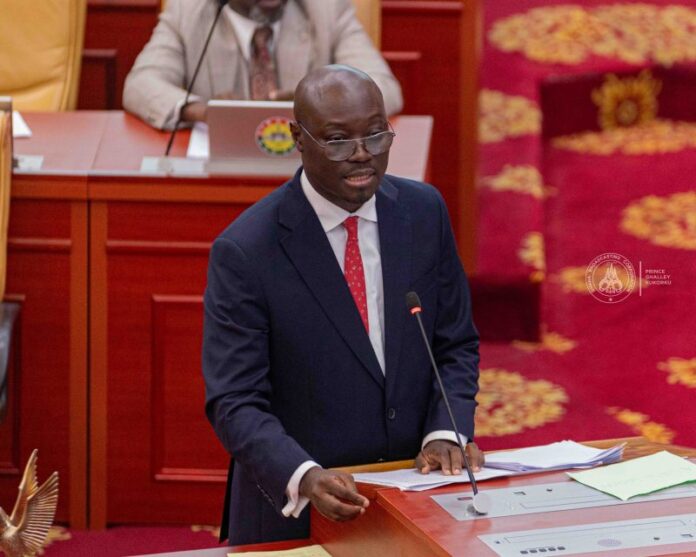The Ministry of Fisheries and Aquaculture and the Fisheries Commission have suspended the fishing licences of four industrial trawl vessels operating within Ghana’s Exclusive Economic Zone (EEZ) for repeatedly violating the Fisheries Act and Regulations, including unauthorised trans-shipment, dumping of fish, and harvesting of juvenile fish.
According to a press release issued by the Public Relations Unit of the Ministry of Fisheries and Aquaculture disclosed the vessels—Meng Xin 10 (Owners: Nassa Co. Ltd.), Florence 2 (Owners: Akrafi Fisheries), as well as Long Xiang 607 and Long Xiang 608 (Owners: Wannimas Complex Co. Ltd.), were found to have engaged in multiple illegal fishing practices, including unauthorised trans-shipment, dumping of fish, fishing in restricted zones, and harvesting of juvenile fish.
These practices severely threaten Ghana’s marine ecosystem, undermine efforts toward sustainable fisheries management and adversely affect the livelihoods of coastal fishing communities.
A press release issued by the Public Relations Unit of the Ministry of Fisheries and Aquaculture said this became necessary due to repeated violations of the Fisheries Act, 2002 (Act 625) and the Fisheries Regulations, 2010 (L.1. 1968).
“In accordance with Sections 76(1) and 76(2) of the Fisheries Act, 2002 (Act 625), which empower the Minister to suspend licenses of vessels involved in repeated illegalities, the affected vessels have had their licences suspended for a period of twelve (12) months, effective 1st April 2025,” it added.
Ghana’s fisheries sector has long been challenged by overfishing and Illegal, Unreported and Unregulated (IUU) fishing activities, which continue to endanger marine biodiversity, erode the income of artisanal fishers and compromise national food security.
Practices such as illegal trans-shipment—locally known as Saiko—have particularly contributed to the depletion of key fish stocks and damaged the integrity of marine governance.
The Ministry said, “Section 132 of Act 625 criminalises illegal trans-shipment, while Regulation 33(2) of L.1. 1968 explicitly prohibits trans-shipment between industrial vessels and canoes.
These violations are not only breaches of domestic law but also contravene international obligations and hinder progress toward achieving Sustainable Development Goal 14, which seeks to conserve and sustainably use the ocean’s marine resources’.
It noted that “Despite ongoing stakeholder engagement, education and regulatory reforms, certain industrial fishing operators continue to act with impunity.
The Ministry reiterates its unwavering commitment to strict enforcement of fisheries laws and regulations as part of its mandate to safeguard Ghana’s marine resources.
“The Ministry takes this opportunity to caution all fishing operators, industrial, semi-industrial, and artisanal, to comply fully with the provisions of the law.
“The Ministry of Fisheries and Aquaculture and the Fisheries Commission remain resolute in their mission to promote responsible and sustainable fisheries management in Ghana for the benefit of present and future generations, they assured.




